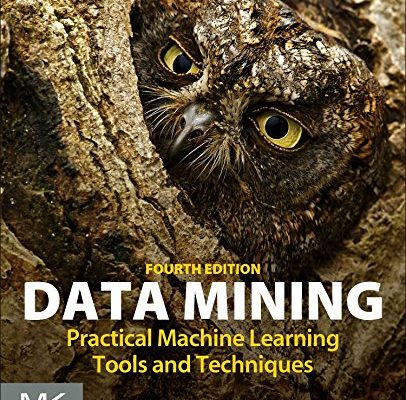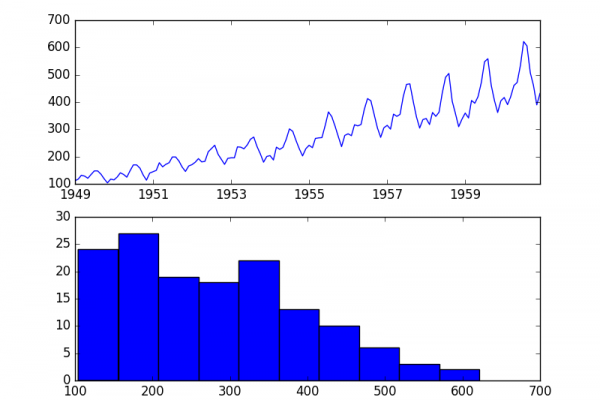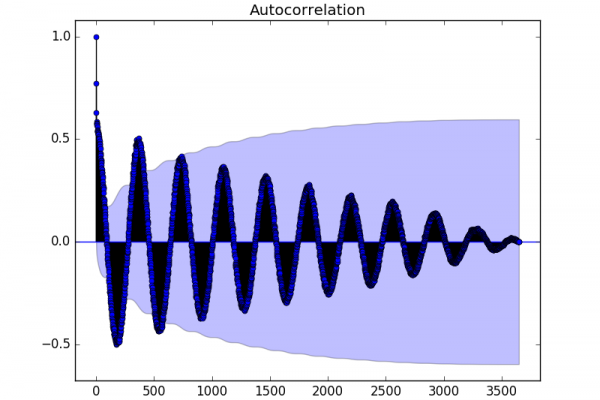Machine Learning Books
Last Updated on August 16, 2020 The Complete Machine Learning Bookshelf. Books are a fantastic investment. You get years of experience for tens of dollars. I love books and I read every machine learning book I can get my hands on. I think having good references is the fastest way to getting good answers to your machine learning questions, and having multiple books can give you multiple perspectives on tough questions. In this guide, you will discover the top books […]
Read more








